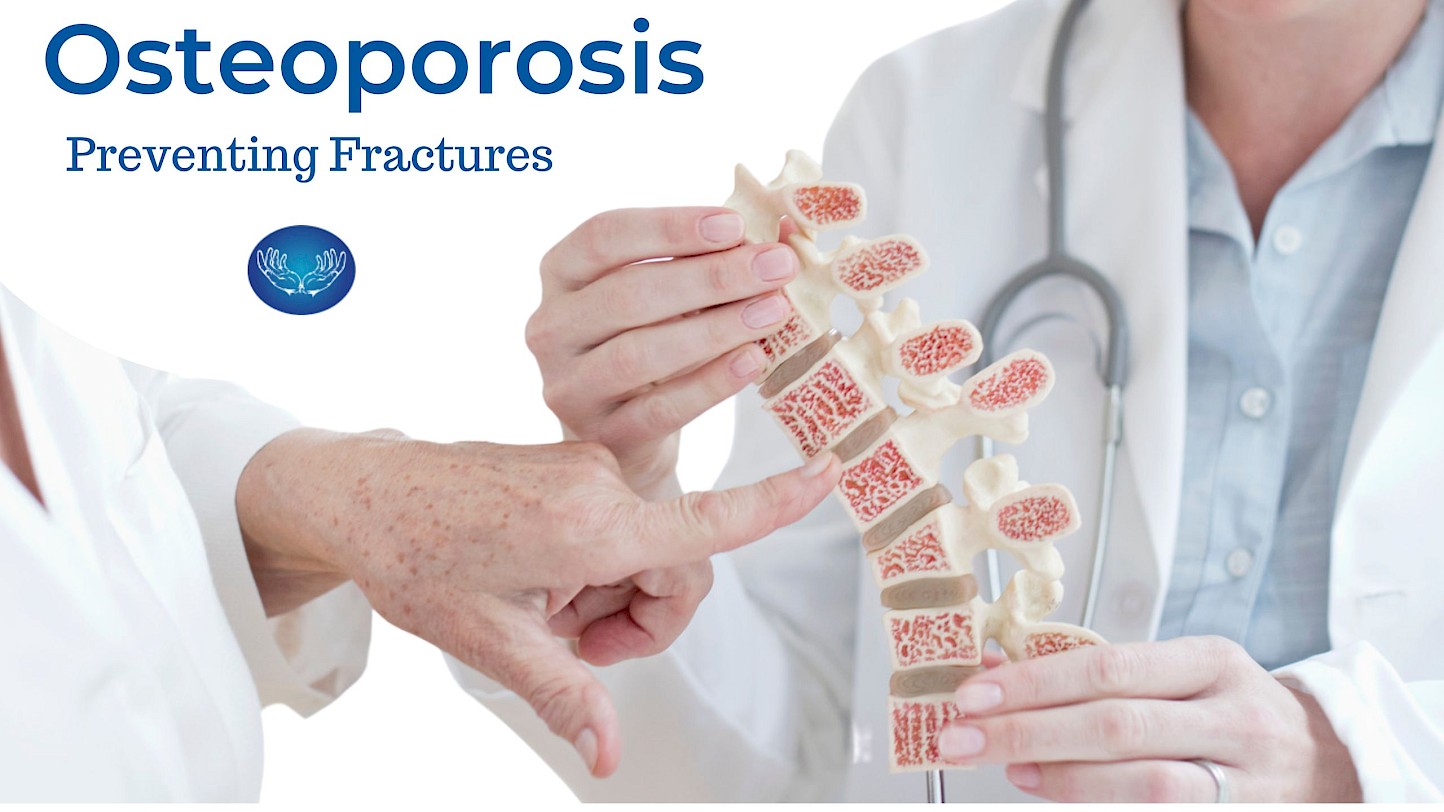Osteoporosis And Fractures
11 October 2022
More than 66% of over 50's have poor bone health. This can lead to fractures from minimal trauma. Think falling over a rug, a knock on the wrist or a wrong movement at the gym. Osteoporosis is one of the contributing factors of brittle bones. You don't need to break a bone to come visit us in our clinics! Read on to reduce your risk.
Risk Factors
- Over 50
- Menopause before 45
- Family member with Osteoporosis
- High levels of alcohol use or smoking
- Sedentary Lifestyle
- Small frame
- Long term steroid use (over 3 months)
- Thyroid and Parathyroid concerns
- Liver or Kidney disease
- Rheumatoid Arthritis
- Diabetes
- Malabsorption disorders
Diagnosis
- Know your Bones is a great online tool that can give you an idea of your bone health and the next steps required.
- If you have had a minor fall and still have pain in a bone or joint a week later, book in with your GP and ask for a Osteoporosis screen
- Request a Bone Density Scan (or DXA test) from your GP
Prevention and Treatment
- 90% of peak bone density is acquired before the age of 20 - so if you are in this age bracket or you have a younger family member - read up on good bone health for late teens.
- Weight bearing exercises - this can be as simple as walking and lifting light weights or as extreme as running up hill and weightlifting. Come and see one of our Exercise Physiologists to tailor a program for you.
- Quit smoking and alcohol - sadly this can increase osteoporosis and falls.
- Medication to prevent further bone loss. Book an appointment with your GP. There are various options that works for each patient.
- Ensure you get adequate levels of Calcium and Vitamin D - Between 1000mg-1300mg of Calcium and a little bit of sunshine each day for your Vitamin D.
- Reduce your falls risk. Preventing Falls at Home is a great resource to read through.
Written by David Coles

